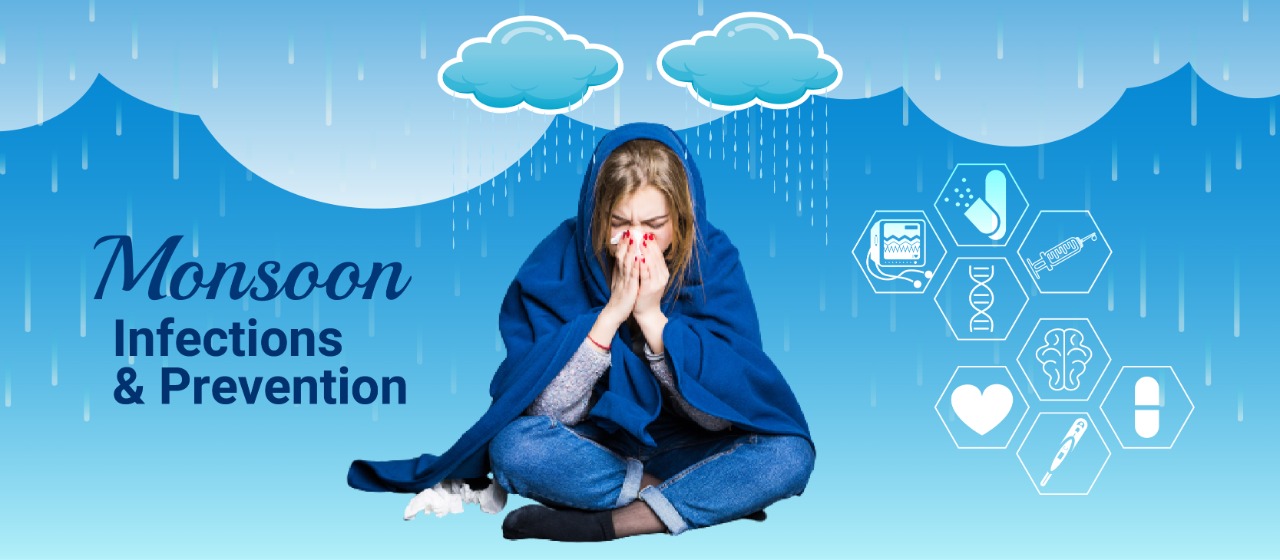A Unit of Asian Institute of Gastroenterology
Should All Fatty Liver Patients Be Treated?

Should all ultrasonography findings suggestive of the fatty liver be treated?
What is the best intervention- therapeutics or lifestyle counseling; or can it be ignored?
Non-Alcoholic Fatty Liver Disease (NAFLD) is a comprehensive term that includes the entire spectrum of fatty liver diseases- Non-Alcoholic Fatty Liver (NAFL), Non-alcoholic steatohepatitis (NASH), and NASH Cirrhosis caused by fat accumulation in the absence of significant alcohol consumption (<20>
- The presence ≥ 5?t in the liver is called NAFL whereas histological demonstration of fat and inflammation is called NASH.
- The presence of cirrhosis with current or previous histological evidence of steatosis or steatohepatitis is called NASH cirrhosis and the absence is termed as cryptogenic cirrhosis. Although there are many cryptogenic (unknown causes) cirrhosis patients who may have features of metabolic syndrome but are not considered as NASH-related unless there is current or previous histological evidence of steatosis or steatohepatitis.
How common are NAFLD and NASH?
The overall global prevalence of NAFLD diagnosed by imaging is around 25% while the prevalence of NASH is 1.5 to 6.5%. In India, the prevalence of NAFLD ranges between 9-32% with increasing prevalence in obese and diabetic patients.
What are the risk factors associated with fatty liver?
- Obesity, type 2 diabetes mellitus, dyslipidemia, hypothyroidism, and polycystic ovarian syndrome are common risk factors associated with fatty liver
- Wilsons disease, chronic hepatitis C, celiac disease and jejunoileal bypass are also classically associated risk factors
- Drugs such as corticosteroids, amiodarone, tamoxifen, estrogen and valproate are some of the drugs causing fatty liver
What are the symptoms of fatty liver?
Fatty liver is usually asymptomatic but questioning may lead to 1/3rd of patients reporting symptoms of malaise or fatigue. Distension of liver capsule may cause pain in the right upper quadrant.
Fatty liver is usually an incidental radiologic finding or may be diagnosed on a routine health check-up revealing transaminitis leading to further investigation. Almost 25% to 33% of patients of NAFLD have advanced fibrosis or cirrhosis at the time of diagnosis and may present with features of portal hypertension. Clinically >50% have central obesity as a striking feature and patients with cirrhosis may have signs of liver cell failure.
How to diagnose fatty liver?
- Liver function tests show raised serum alanine aminotransferase (ALT) and aspartate aminotransferase (AST) with AST/ALT ratio <1>
- Low-titre antinuclear antibodies and/or anti-smooth muscle antibody is observed in 20 to 30% of patients; however, serum IgG levels are usually within normal range.
- For a definitive diagnosis of NAFLD, liver biopsy remains the gold standard.
- Non-invasive assessment of fatty liver is now routinely done with Transient Elastography which gives the controlled attenuation parameter (CAP) and Liver stiffness measurement (LSM) which assess the fat content and fibrosis respectively.
- Magnetic resonance imaging is a promising modality for NAFLD/NASH. Many non-invasive scores for the presence of advanced fibrosis include NAFLD fibrosis score, FIB-4 index, AST to platelet ratio index [APRI], serum biomarkers (Enhanced Liver Fibrosis [ELF] panel, Fibrometer, FibroTest, and Hepascore) but are seldom used in day to day practice except APRI which is easy to use.
Should all fatty liver be treated?
- No, pharmacotherapy is reserved for patients with NASH having significant fibrosis (≥F2).
- Vitamin E administered at a daily dose of 800 IU/day improves liver histology in nondiabetic adults with biopsy-proven NASH and is recommended in non-diabetics and non-cirrhotics.
- Pioglitazone improves liver histology in patients with and without T2DM with biopsy-proven NASH but is not favoured. It may be used after explaining the risks and benefits to the patient before starting the therapy.
Many newer drugs are in pipeline but none of them have been recommended yet. Diet, exercise and concurrently managing the associated comorbidities such as obesity, dyslipidaemia, hypothyroidism and diabetes mellitus is of utmost importance in treating NAFLD. Stressing that the patient adopt a healthy lifestyle would definitely help achieve greater heights.
What are the dietary recommendations for patients?
It is well known that 500 to 1000 kcal calorie deficit/day induces a weight loss of 0.5 to 1 kg/week. Weight loss of 5% of body weight improves Hepatic steatosis, whereas >7% body weight reduction leads to improvement in steatosis and inflammation (N AS score).
- Patients should be strictly advised to avoid fructose-containing beverages/foods and keep alcohol below the risk threshold (i.e., 30g/d for men; 20g/d for women). Red meat is restricted while fish and poultry are safe.
- A common question we face is about the cooking oil which has to be used. We suggest olive oil as best followed by sunflower oil but not mustard or coconut oil for cooking. Vegetables, fruits, whole grains, legumes and nuts can be taken in plenty. Coffee consumption is shown to decrease fibrosis/steatohepatitis and is encouraged.
- Moderate intensity aerobic physical activity (150-200 min/week of brisk walking or stationary cycling) and resistance training is very effective in reducing hepatic fat. Any kind of physical activity or increase over previous levels is better than continuing inactivity. Moderate-intensity exercise along with a hypocaloric diet (500-1,000 kcal less/ day) provides the best likelihood of sustaining weight loss/hepatic f
Dr. Anand V Kulkarni
Sr. Consultant – Hepatology and Liver Transplantation












